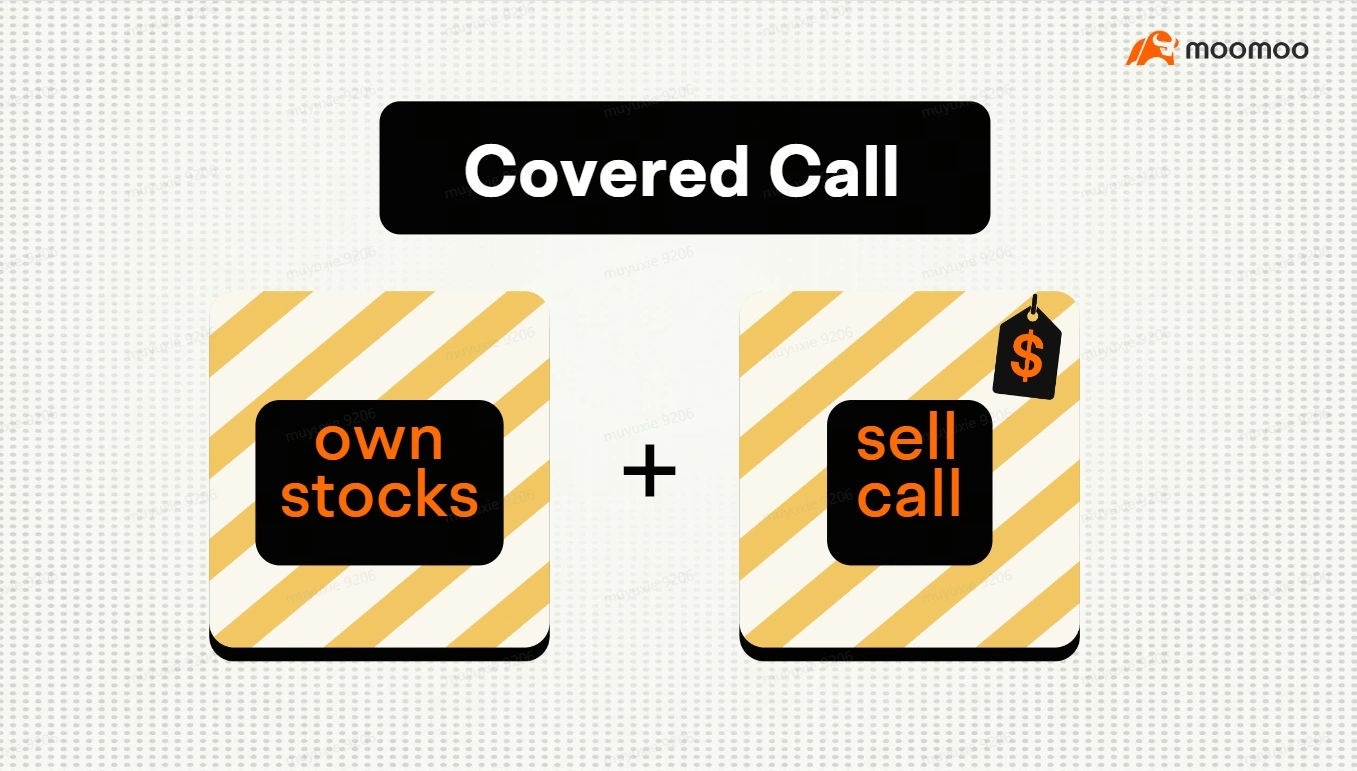Turning the Tables on Tesla's Decline: How Options Can Save Your Investment


1. If Tesla's stock price rebounds but remains below $240, the option won't be exercised, and you'll keep the $460 premium. For example, if Tesla's stock price recovers to $230 by November 1st, your stock loss would be $1,000, but with the $460 option premium income, your net loss would be reduced to $540.
2. If the stock price rises above $240, the option is likely to be exercised, forcing you to sell the stock at the $240 strike price. While you'd miss out on further stock price gains, the option premium helps offset some of the loss. For instance, if Tesla's stock price rebounds to $240 by November 1st, you'd sell the stock at $240, resulting in no gain on the stock itself, but you'd keep the $460 premium, for a total profit of $460.
3. If the stock price remains below the strike price, you could continue to implement similar covered call trades to accumulate option premiums and offset some of your investment loss. Assuming you execute a covered call trade monthly, each time earning a $460 premium, after 12 months, even if Tesla's stock price still hovers around $220, your cumulative option premium income would be $5,520. With a stock loss of $2,000, after deducting the option premium income, you'd end up with a net profit of $3,520. It's important to note that the premium income from selling call options isn't always this high each month; it depends on the stock's potential volatility.


Disclaimer: Moomoo Technologies Inc. is providing this content for information and educational use only.
Read more
Comment
Sign in to post a comment

105742796 Learner : Robots electrical Auto driving scares me a lot
VJong : Difficult to understand